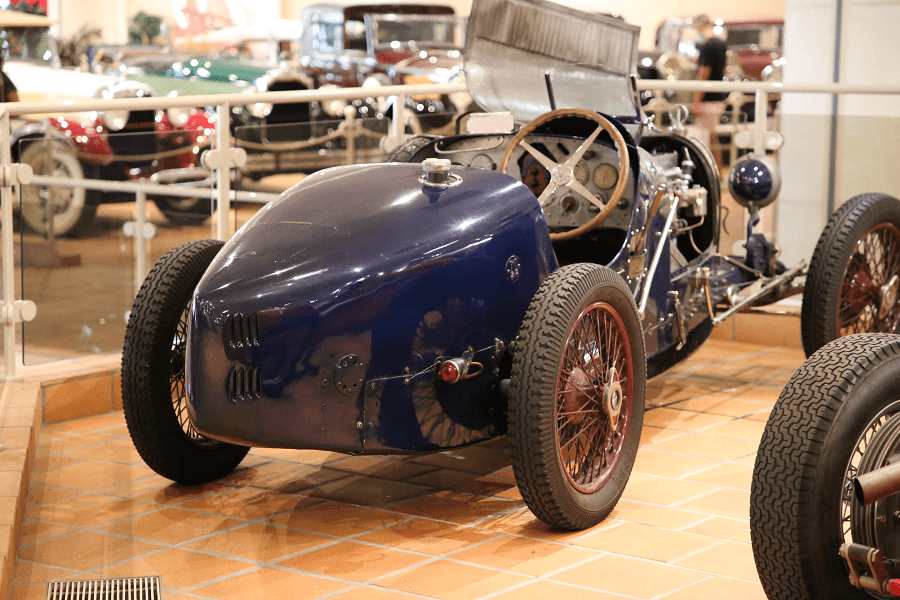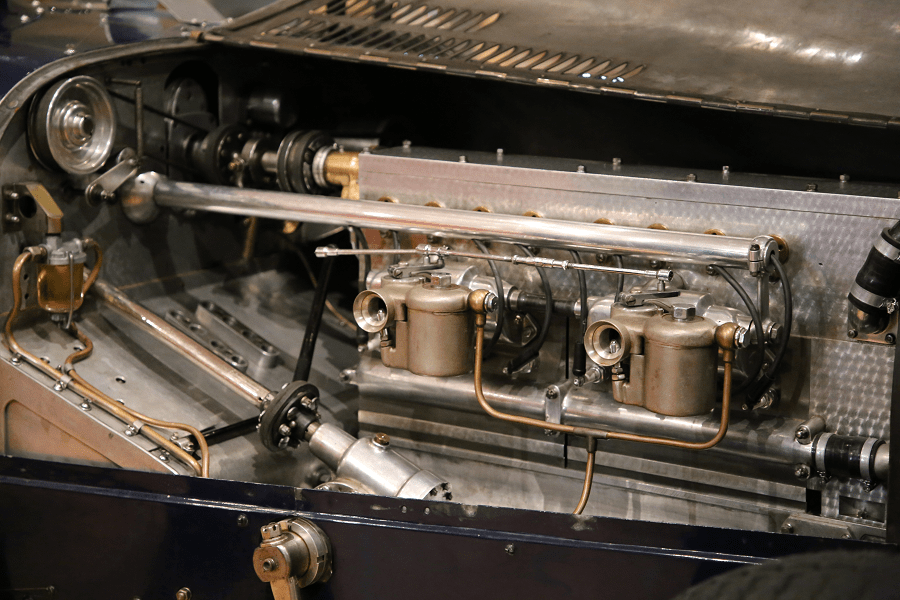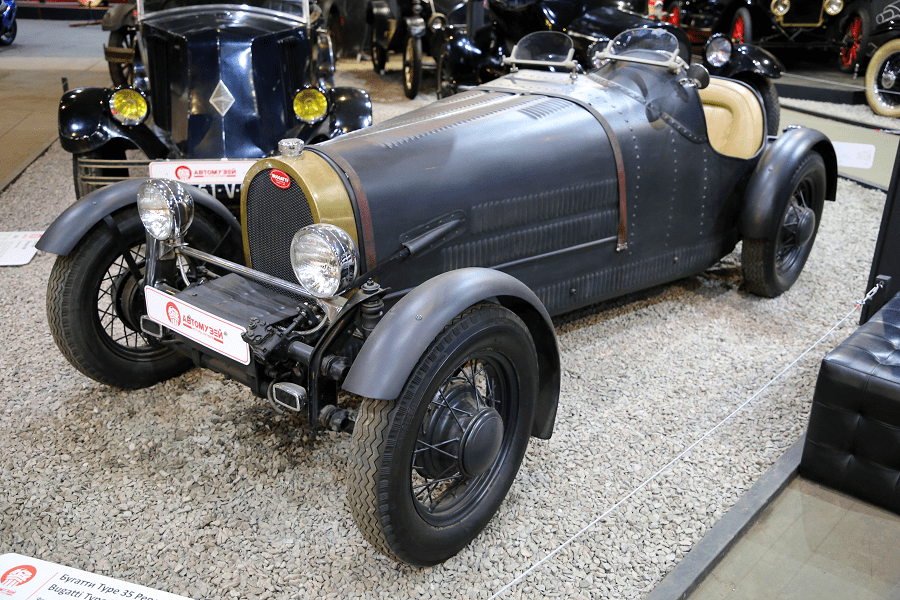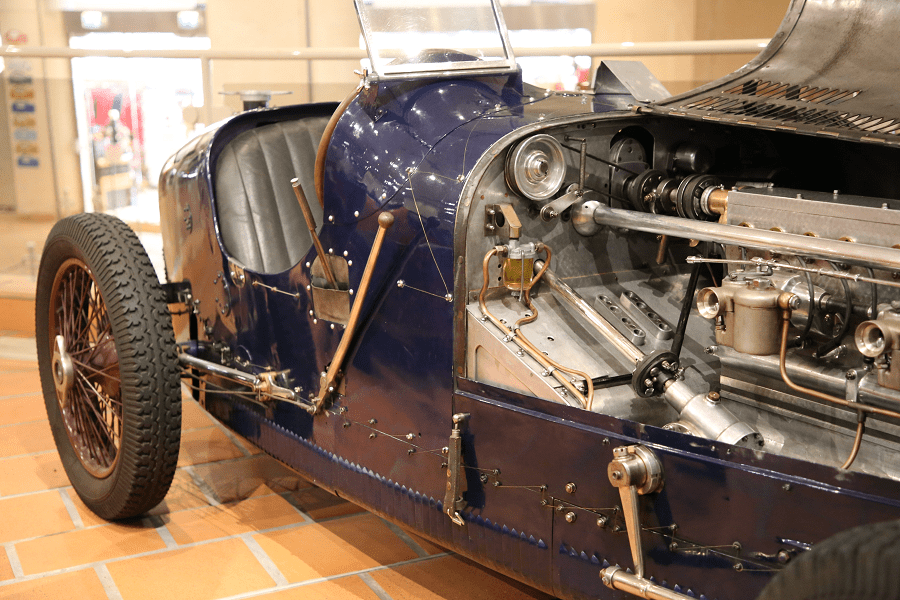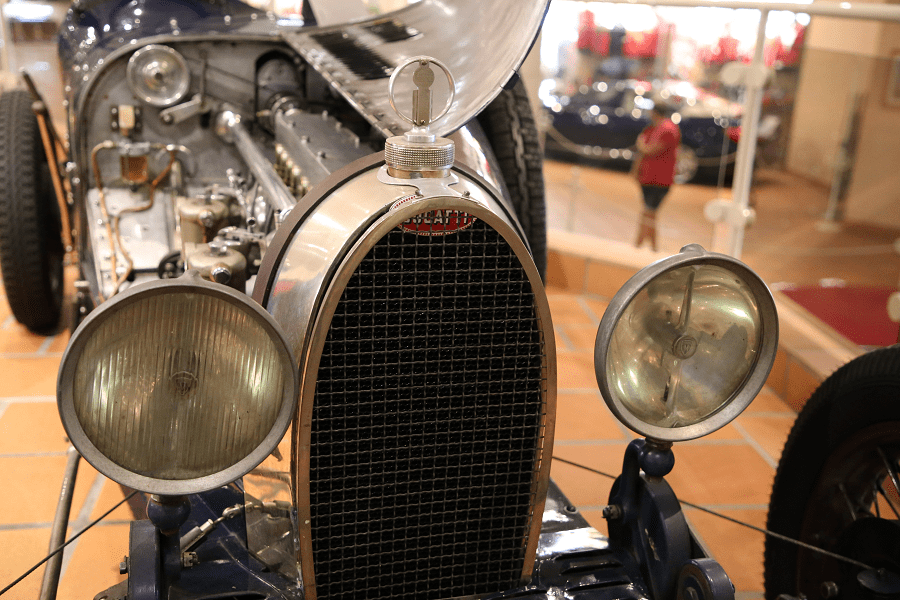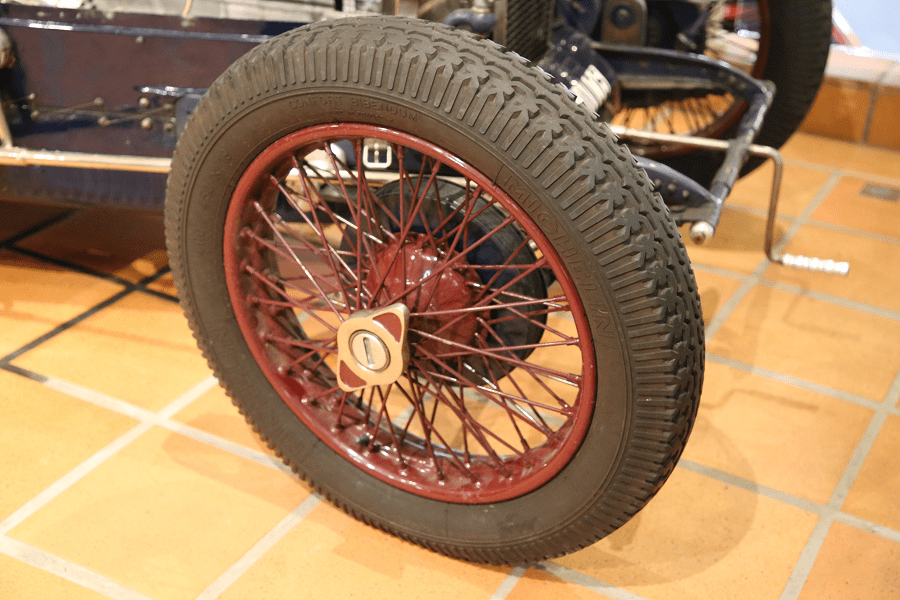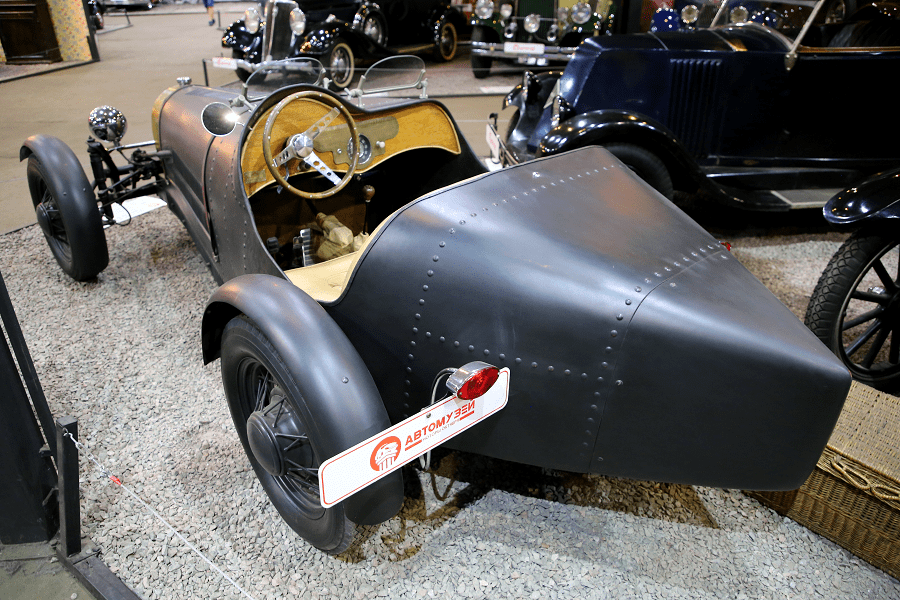Bugatti Type 35 V8
The Bugatti Type 35 is an iconic race car design produced by Bugatti at their Molsheim premises between 1924 and 1930. It was extremely successful when raced by the factory works team. It was also bought by a diverse roster of privateer clientele from around the world. It pioneered the concept of a holistically conceived, race-ready car available for purchase.
The arch/egg-shaped radiator is emblematic, as is the rear of the car. The tapered stern has been called a ‘Bordino tail’ and Ettore Bugatti may have been influenced by the shape of the earlier Fiat 804 driven and modified by Pietro Bordino. The car has also become synonymous with being the first to use cast alloy wheels.
The Type 35 was phenomenally successful, winning over 1,000 races in its time. It took the Grand Prix World Championship in 1926 after winning 351 races and setting 47 records in the two prior years. At its height the Type 35 averaged 14 race wins per week. Bugatti won the Targa Florio for five consecutive years, from 1925 through 1929, with the Type 35.
The Bugatti Type 35 was continually being modified and improved upon.
This original, defining model was introduced at the 1924 French Grand Prix, held at Lyon. The inaugural outing for the Type 35 was not a success due to fitment of badly-vulcanised Dunlop tyres. Despite this, the model showed promise and became increasingly competitive with refinements being made.
The car used an evolution of the three-valve 2.0 L (1991 cc/121 in³) overhead cam straight-eight engine first seen on the Type 29. Bore was 60 mm and stroke was 88 mm as on many previous Bugatti models.
This new powerplant featured a sophisticated roller bearing system, numbering five in total. This allowed the engine to rev to 6,000 rpm. Output was up to 90 HP (67 kW). The cable-operated drum brakes system was very popular and adaptable.
Alloy wheels were a novelty, as was the hollow front axle for reduced unsprung weight. Another feature of the Type 35 that was to become a Bugatti trademark was passing the springs through the front axle rather than simply U-bolting them together as was done on their earlier cars.
38 of these un-supercharged T35 examples were produced.
Assembly: Molsheim (Alsace, France)
Year: 1924—1931
Production: 640 units
Length: 3680 mm
Width: 1320 mm
Engine: 8 cylinders; 2260 cc
Power: 140 HP
Max speed: 170 km/h
Weight: 750 kg
Monaco car museum (Monaco) World cars museum (Moscow, Russia)
See also Transport blog
See also Cars blog
See also Motorcycles blog
See also Buses blog
See also Shipbuilding blog
See also Motors and Engines blog
See also Trains and railways blog
See also Trucks and Cargo Vehicles blog
See also Tractors and Special Equipment blog
See also Tanks and Armored Vehicles
See also Airplanes blog
See also Helicopters blog
See also Artillery, Missiles and Rockets blog
See also Bicycles blog



